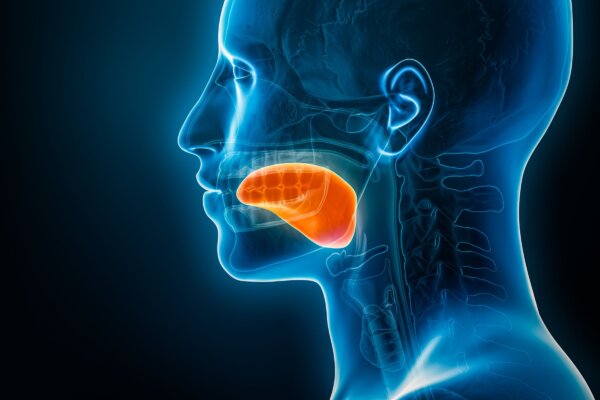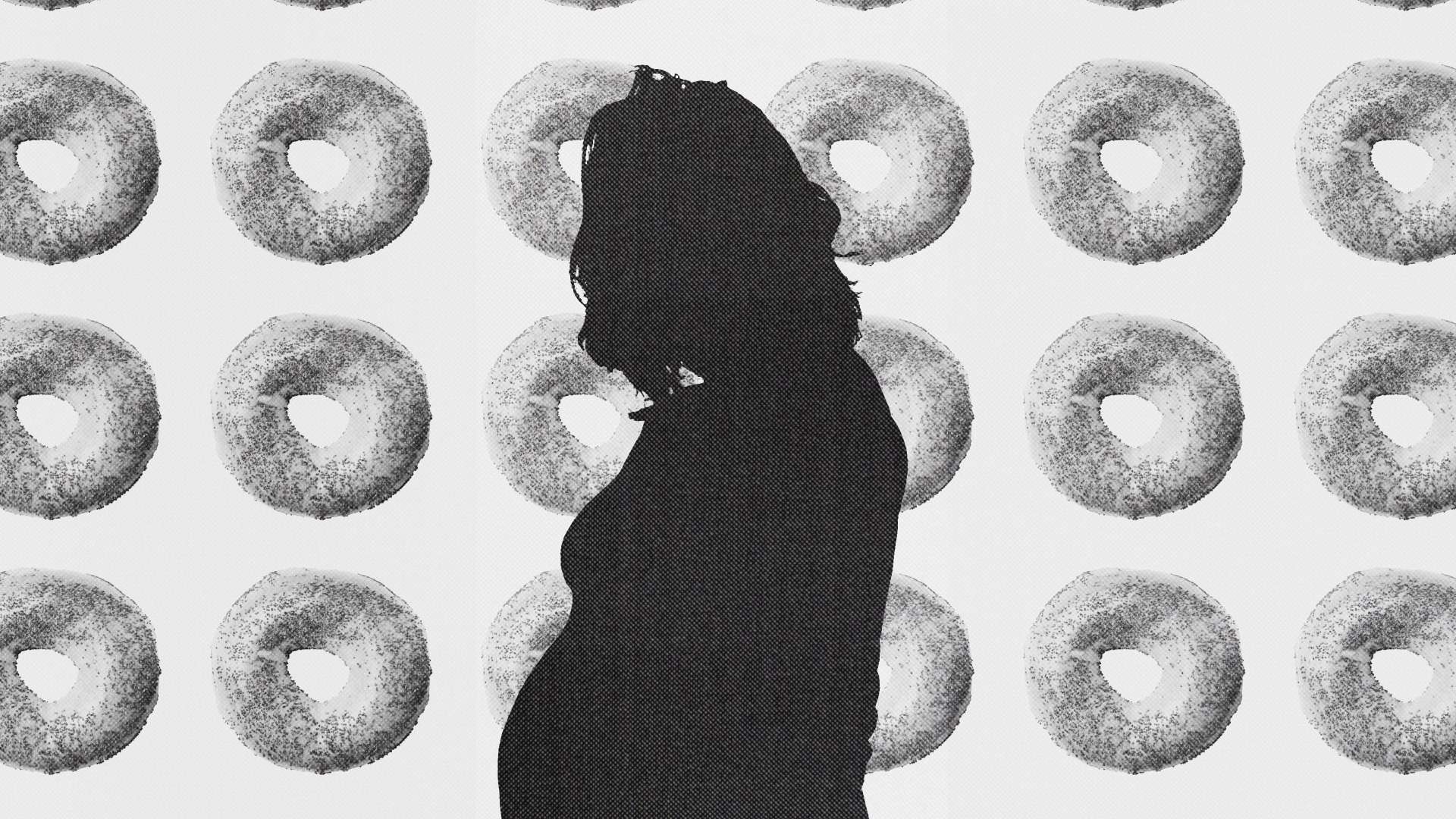
According to Chinese medicine, a new technology is showing promise for disease diagnosis.
Researchers have utilized over 5,000 images of tongues to train an AI algorithm in a traditional method of disease diagnosis.
“One of the most exciting insights from our study is that tongue color can accurately reflect internal diseases,” said Ali Al-Naji, an adjunct associate professor at the University of South Australia (UniSA) and the senior author of the study, in an email to The Epoch Times.
“By analyzing the tongue’s color, we identified various health conditions, demonstrating the potential of this method for non-invasive diagnosis,” he added.
The algorithm has shown a 98 percent accuracy rate in detecting illnesses such as diabetes, stroke, appendicitis, gastrointestinal problems, and cancer based on tongue color.
Study Details
The study explains that the human tongue has unique features linked to internal organs, including color, shape, and thickness, enabling it to effectively detect diseases and track their development.
“The tongue can provide insights into overall health and various diseases as it reflects changes in the body’s internal state,” Al-Naji explained.
- Yellow tongue indicating diabetes
- Purple tongue with a thick greasy coating in cancer patients
- Unusually shaped red tongue in acute stroke patients
- White tongue suggesting anemia
- Deep red tongue in severe cases of COVID-19
- Indigo or violet-colored tongue indicating vascular and gastrointestinal issues or asthma
Engineering researchers from UniSA and Middle Technical University in Iraq utilized 5,260 tongue images to train AI in detecting and analyzing tongue color under different lighting conditions.
The study tested six machine learning algorithms across seven classes of colors to determine the most precise one, with diagnostic accuracy ranging from around 91 percent to 99 percent. The algorithm with the highest accuracy (98.71 percent), named XGBoost, was selected for the proposed imaging system and linked to a visual user interface to identify tongue color and associated diseases.
The imaging system was then tested in real-time using 60 tongue images from patients with various health conditions provided by two teaching hospitals in the Middle East, including diabetes mellitus, mycotic infection, asthma, anemia, fungiform papillae, and COVID-19.
The researchers were impressed by the precision of the algorithm, especially in real-time and varying lighting conditions.
“Using our algorithm, we were able to predict several diseases related to tongue colors accurately, such as diabetes, mycotic infections, asthma, COVID-19, and anemia. Each condition displayed distinct color patterns that the system could detect effectively,” Al-Naji stated.
The study utilized cameras positioned 20 centimeters away from patients to capture their tongue color, with the system analyzing the data to predict their health condition in real time.
UniSA professor and co-author Javaan Chahl envisions smartphones diagnosing diseases using this method in the future.
“These results affirm that computerized tongue analysis is a safe, efficient, user-friendly, and cost-effective method for disease screening that aligns traditional practices with modern approaches,” Chahl commented in a press release.
Tongue Diagnosis in Chinese Medicine
The study builds on an ancient practice in Chinese medicine, where the tongue serves as a crucial diagnostic tool, observing its color, shape, coating, and moisture to determine patterns, assess internal organs, diagnose illnesses, and predict outcomes.
Giovanni Maciocia, a respected author and practitioner of Chinese medicine, emphasized the significance of tongue diagnosis in his writings, highlighting its reliability in revealing underlying patterns of disharmony.
Final Thoughts
In terms of when we might expect to see this screening technique in clinical settings, Al-Naji hopes it will be within the next few years.
“While the technology shows promise and great potential, further testing, validation, and regulatory approval are required before widespread clinical adoption,” he concluded.





